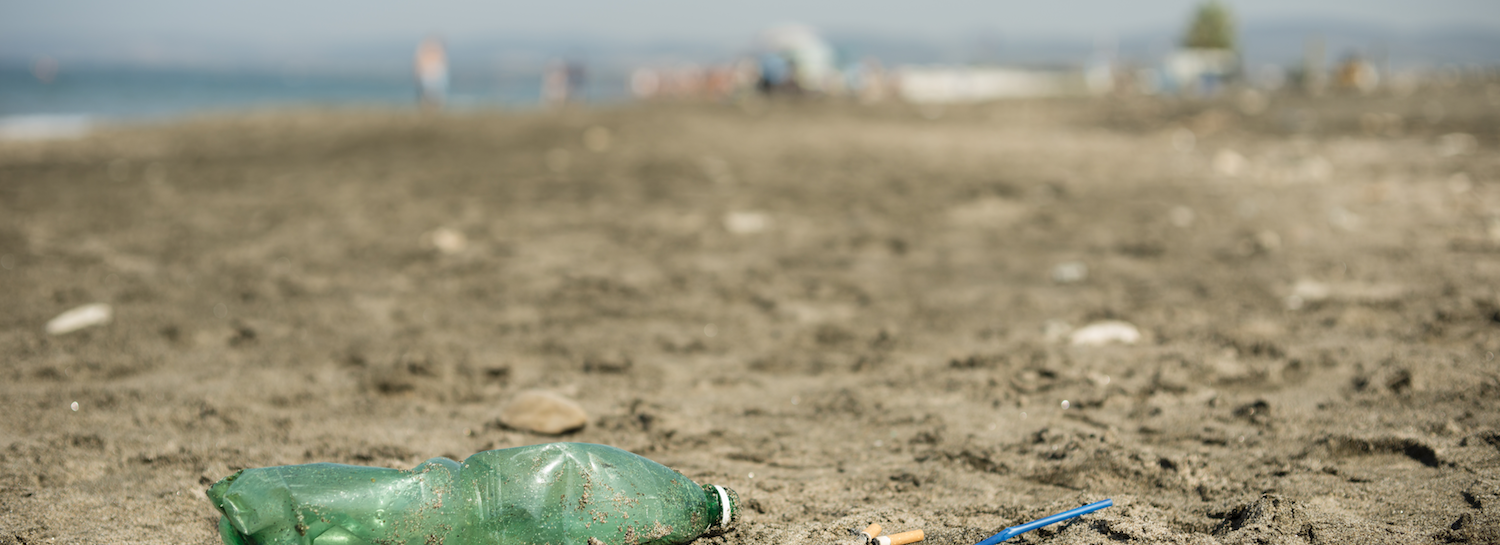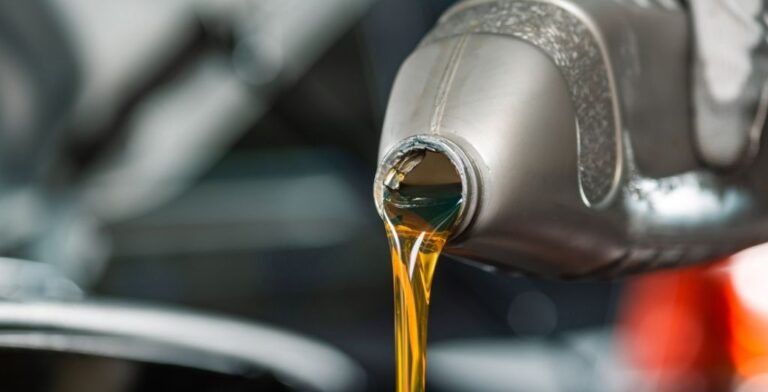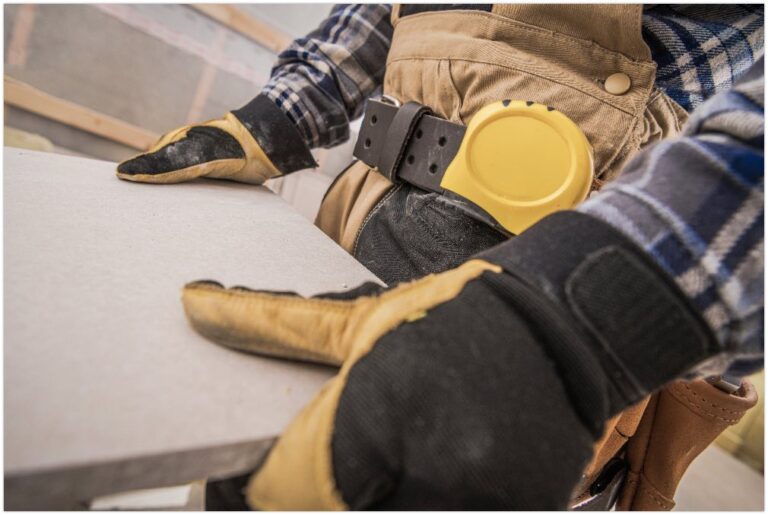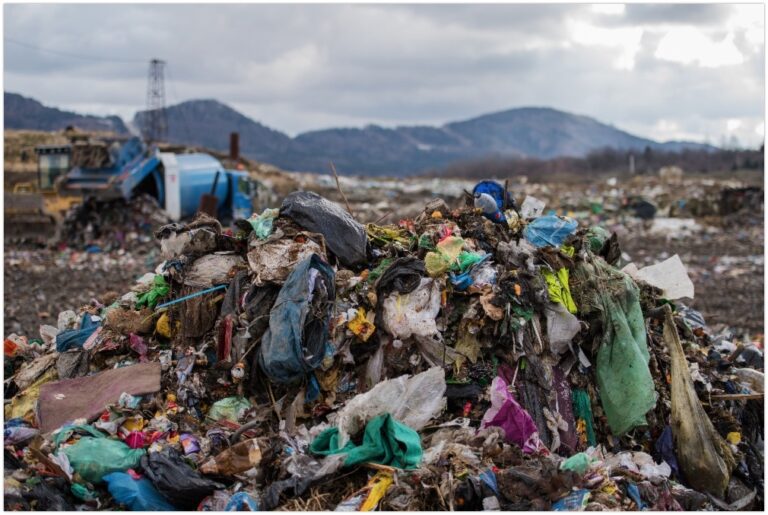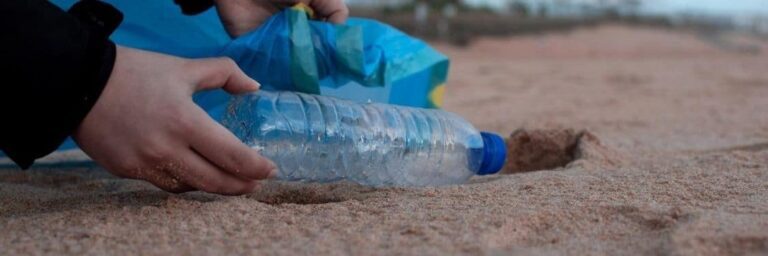There is no doubt that plastic is useful. Plastic is not only affordable but equally versatile as well. These factors make it ideal for a broad range of applications and it is widely believed that its use will only increase.
The world’s population is expected to increase, which implies that the consumption, use and the disposal of plastic products are likely to follow the same trend. If you didn’t know, there are millions of tons of plastic garbage filling our oceans.
According to a study conducted by the University of Plymouth, there are at least two hundred and seventy thousand tons of plastic floating on the surface of our oceans. The same study found out that a staggering seven hundred different marine species are threatened as a result of this garbage.
Plastic waste is polluting our seas and oceans at an alarming rate and now threatens the lives of nearly every marine life. Dolphins, whales, seals, seabirds, crabs, fish, as well as other sea animals, are dying as a result of this deadly environmental concern. In fact, a growing number of global researchers now believe that plastic plays a significant role in the current rising marine species extinction rates.
Related: Uncovering the Facts: How Much Plastic is Recycled in Australia in 2023
So how does plastic finds its ways into our oceans and seas?
It has been established that close to eighty per cent of all these debris comes from land. It is usually washed into the sea from our streets, beaches and highways. It is also drained from the landfills into the rivers and streams and ultimately to the seas and oceans. This debris is highly recognisable since it is mainly made up of plastic bags, bottles, degraded buoys, food wrappers, packaging materials and balloons.
Even though large plastic particles are equally substantial pollutants, over time, these plastics usually break down into relatively smaller particles which are perceived to be very toxic. These small plastic particles are not only highly toxic but also act as hosts to invasive species, exporting them to other regions of the ocean where such species can hardly survive, a phenomenon that exponentially increases the impacts of plastic on marine life.
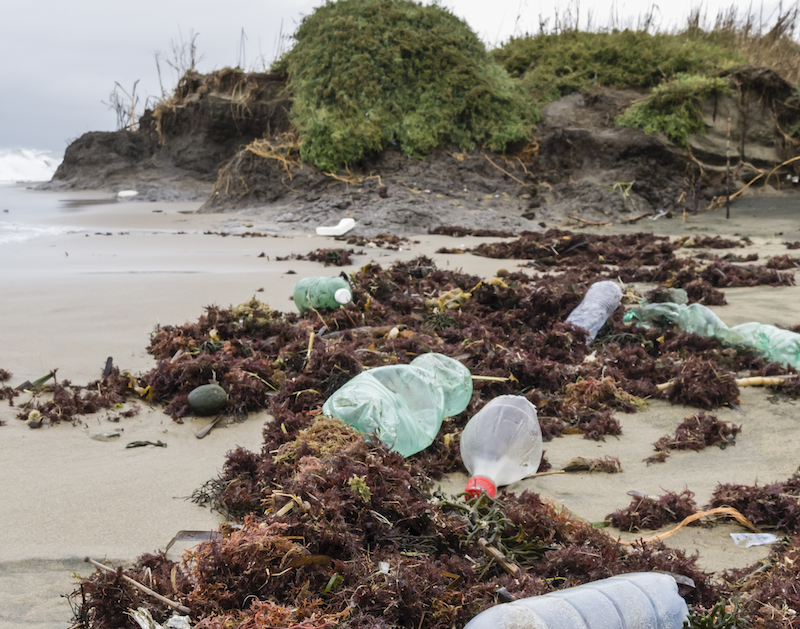
Why do marine animals feed on plastic?
It is imperative to note that unlike human-beings, animals do not possess the ability to discern plastic from edible materials. To them, because it resembles and perhaps smells like food, then it must be eaten. Check out below some of the reasons why they feed on plastic.
- Plastic can potentially release certain chemicals that may smell like normal food and this may trigger sea animals to find and eat it.
- Filter-feeding species such as baleen whales as well as whale sharks can accidentally ingest plastic materials.
- Species that prey on jellyfish such as sea turtles and ocean sunfish often mistake plastic materials such as balloon ribbons for their normal prey.
- Hunting seabirds usually confuse suspended plastic for small prey fish.
- Seabirds usually find it hard to differentiate between floating plastic litter and food.
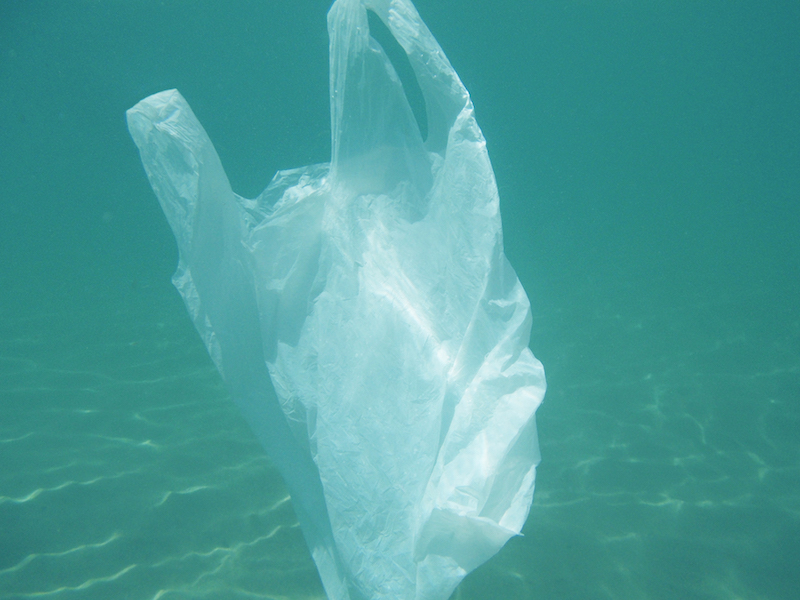
How does plastic cause harm to marine life?
Plastic materials are present at nearly every level of the marine food chain. From small animals such as jellyfish and turtles to large predators like whales and sharks. No single species is safe from either entanglement or accidental ingestion.
In fact, there are some areas within the ocean where the plastic mass significantly exceeds the local zooplankton population. However, when it comes to plastic, there is nothing like quick death. See below how plastic is slowly killing our marine population.
- Entangled seabirds may not only drown, but may equally find it hard to access water and food as well. This implies that they will slowly starve to death. You have probably seen horrifying pictures of fish and birds getting entangled in plastic remains such as fishing nets.
- Entangled reptiles, as well as sea mammals, can find it hard to surface and therefore, can easily die as a result of exhaustion. Huge amounts of plastic debris have been found in the habitat of the Hawaiian monk seals, a critically endangered species.
- Plastic materials, when swallowed, can accumulate inside the animal’s stomach thus making them feel full. This, in turn, will prevent the animal from feeding and leading to starvation. Dead seabirds are usually found with a stomach filled with plastic. A recent research established that nearly a quarter of fish sold in the markets globally contained traces of plastic in their guts, notably in the form of plastic microfibres.
- Plastics can also absorb toxins from immediate seawater such as pesticides. They can then release these toxins to the marine life. They can also release harmful components such as Bisphenol A, a chemical that can potentially mimic the hormone estrogen when ingested by a mammal.
- Studies have also proven that fish larvae exposed to microplastics are likely to become less responsive to predator cues, less active and are therefore increasingly likely to be eaten. What’s more, they are less likely to survive because they prefer to feed on plastic than their natural food.
As you can clearly see, plastic poses a major threat to the existence of marine life. We all have a role to play when it comes to curbing this problem. You can substitute plastic with either paper or other disposable and recyclable products. Remember to reduce, recycle or reuse.
[Consequences of illegal dumping on the environment]
Paul’s Rubbish Removal can help you reduce the amount of plastic waste ending up in the water by properly disposing of them. If you have a lot of waste that needs to be disposed of carefully and properly, then we are the team for the job. Simply call us at any time on 0407 125 125 for cost-effective and safe rubbish removal. We’ll come and hand load your waste onto our trucks for quick disposal.
